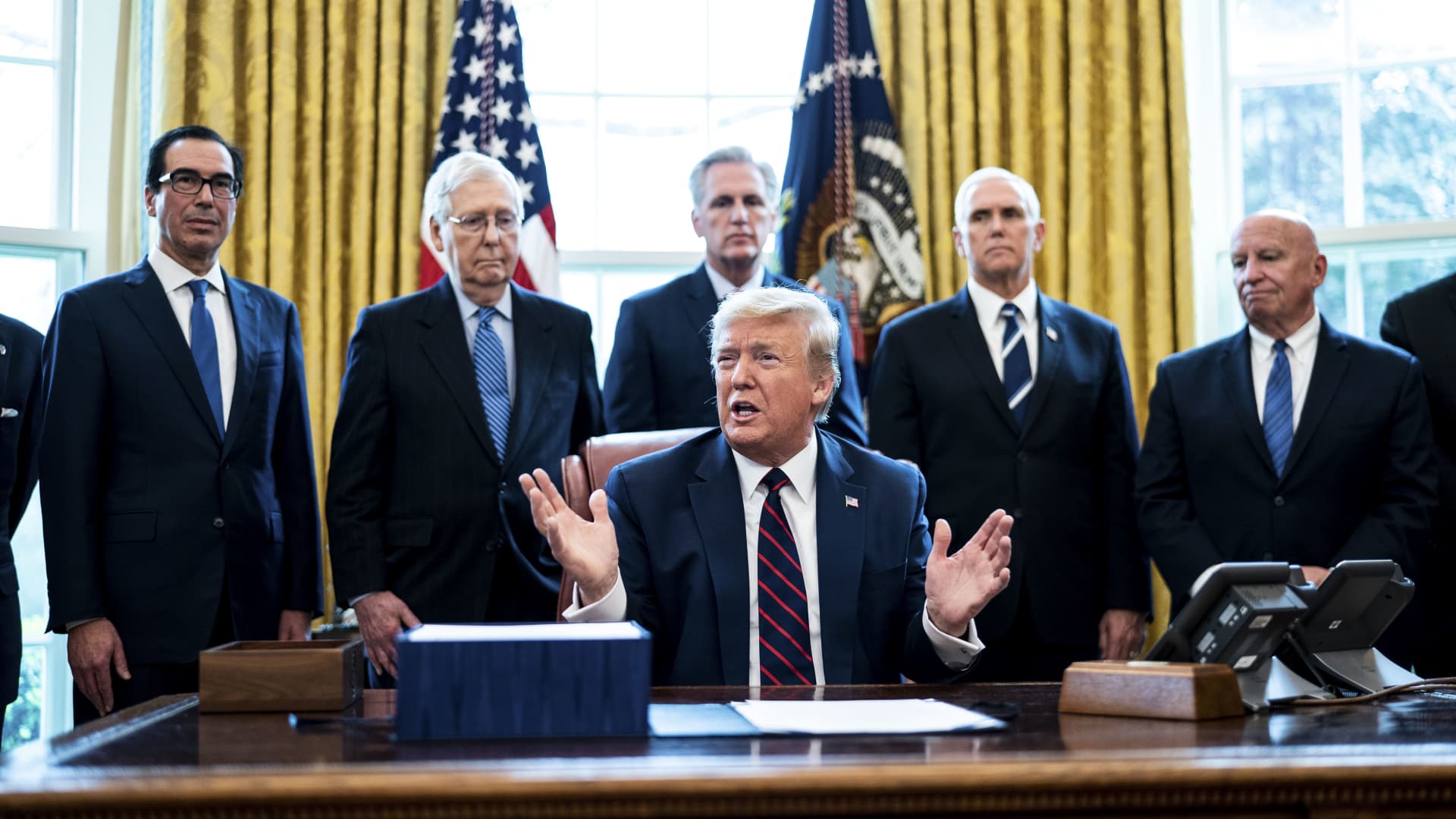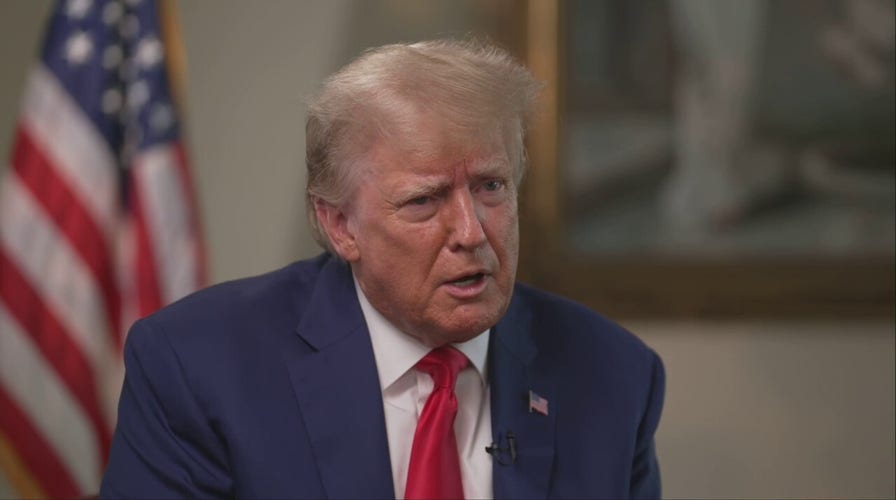Navigating The Chinese Market: The Struggles Of BMW, Porsche, And Competitors

Table of Contents
Intense Domestic Competition
The Chinese automotive market is no longer solely dominated by international players. The rise of powerful domestic brands presents a significant hurdle for established luxury carmakers like BMW and Porsche.
Rise of Domestic Brands
The meteoric ascent of Chinese automakers such as BYD, NIO, and Xpeng is rewriting the rules of the game. These brands are leveraging several key advantages:
- Superior Technology Integration: Chinese brands often integrate cutting-edge technology, including advanced driver-assistance systems (ADAS) and sophisticated infotainment systems, at competitive price points.
- Aggressive Pricing Strategies: Domestic brands frequently offer highly competitive pricing, making them attractive to price-sensitive luxury buyers.
- Strong Government Support: Government policies and subsidies often favor domestic automakers, providing them with a significant competitive edge.
- Tailored Features for Chinese Consumers: These brands are adept at understanding and catering to the specific preferences and demands of Chinese consumers.
BYD, for instance, has rapidly gained market share with its innovative electric vehicles and plug-in hybrids, directly challenging the dominance of established luxury EV manufacturers. NIO's battery-swapping technology and premium brand image have also disrupted the market. This intense competition forces luxury brands to constantly innovate and adapt their strategies.
Price Sensitivity and Value Perception
Even within the luxury segment, Chinese consumers are acutely aware of value. While willing to spend on premium brands, they demand a strong value proposition for their investment. This necessitates competitive pricing strategies from established players.
- Impact of Import Tariffs: Import tariffs significantly inflate the cost of imported vehicles, impacting profitability and pricing strategies.
- Local Production Costs: Establishing local manufacturing facilities can reduce costs, but requires substantial investment and careful management.
- Consumer Expectations of Value Propositions: Chinese consumers expect a high level of quality, features, and after-sales service for the price they pay.
The need to balance brand prestige with competitive pricing forces luxury carmakers to carefully consider their pricing strategies and manufacturing processes to remain profitable in the Chinese market.
Navigating the Regulatory Landscape
China's automotive industry is subject to a complex and ever-evolving regulatory landscape, adding another layer of complexity for luxury car manufacturers.
Stringent Emission Standards
China is at the forefront of global efforts to reduce carbon emissions. Stringent emission standards and regulations are pushing manufacturers to invest heavily in cleaner technologies.
- Compliance Costs: Meeting increasingly stringent emission standards requires significant investments in research and development, impacting profitability.
- Investment in Electric Vehicle (EV) Technology: The shift towards electric vehicles is accelerating, requiring substantial investment in EV technology and infrastructure.
- Impact on Profitability: The cost of compliance and technological upgrades directly impacts the bottom line of luxury car manufacturers.
The rapid introduction of stricter emission regulations necessitates proactive adaptation and substantial financial commitment from luxury car brands.
Government Policies and Subsidies
Government policies significantly influence the landscape of the Chinese automotive market. Policies favoring domestic brands and subsidies for electric vehicles create further challenges for foreign competitors.
- Impact of Government Incentives on EV Adoption: Government subsidies for electric vehicles are accelerating EV adoption, putting pressure on luxury brands to offer competitive electric models.
- Implications for Sales Strategies: Luxury brands must adjust their sales and marketing strategies to align with government policies and incentives.
Understanding and adapting to government policies is crucial for successful navigation of the Chinese automotive market.
Understanding Evolving Consumer Preferences
The preferences of Chinese consumers are dynamic and technologically driven, demanding constant adaptation from luxury car brands.
Technological Sophistication
Chinese consumers are highly tech-savvy and demand cutting-edge features and connectivity in their vehicles.
- Demand for Advanced Driver-Assistance Systems (ADAS): Features like lane-keeping assist, adaptive cruise control, and automated parking are highly sought after.
- Infotainment Systems: Sophisticated infotainment systems with seamless integration of smartphones and other devices are essential.
- Digital Interfaces: Intuitive and user-friendly digital interfaces are crucial for attracting tech-savvy consumers.
Luxury carmakers must prioritize technological innovation to meet the high expectations of Chinese consumers in this area.
Brand Perception and Cultural Relevance
Building a strong brand image that resonates with Chinese culture is paramount for success.
- Importance of Digital Marketing: Effective digital marketing strategies, including social media engagement, are crucial for reaching target audiences.
- Social Media Engagement: Active engagement on popular Chinese social media platforms is critical for building brand awareness and loyalty.
- Aligning Brand Messaging with Chinese Culture: Tailoring brand messaging to resonate with Chinese cultural values and preferences is vital for building trust and connection.
Luxury brands need to go beyond simply translating marketing materials; they need to deeply understand and respect Chinese cultural nuances to build lasting relationships with consumers.
Conclusion
The Chinese automotive market presents a formidable, yet rewarding, challenge for luxury carmakers like BMW and Porsche. Intense domestic competition, a complex regulatory framework, and sophisticated consumer preferences demand a highly strategic and adaptable approach. Success hinges on a profound understanding of the Chinese market's unique characteristics, a commitment to technological innovation, and the ability to build genuine connections with Chinese consumers. By effectively navigating the Chinese market, luxury brands can unlock the immense growth potential of this dynamic and rapidly evolving landscape. To stay ahead, continuous research and strategic adaptation are essential. Don't just enter the Chinese automotive market; master it.

Featured Posts
-
 1 Billion Funding Cut Threat Looms Over Harvard Amid Trump Administration Dispute
Apr 22, 2025
1 Billion Funding Cut Threat Looms Over Harvard Amid Trump Administration Dispute
Apr 22, 2025 -
 Papal Conclaves Explained The Process Of Electing A New Pope
Apr 22, 2025
Papal Conclaves Explained The Process Of Electing A New Pope
Apr 22, 2025 -
 Robotic Automation In Footwear The Nike Example
Apr 22, 2025
Robotic Automation In Footwear The Nike Example
Apr 22, 2025 -
 Kyivs Dilemma Responding To Trumps Plan To End The Ukraine Conflict
Apr 22, 2025
Kyivs Dilemma Responding To Trumps Plan To End The Ukraine Conflict
Apr 22, 2025 -
 Broadcoms Proposed V Mware Price Hike A 1 050 Increase For At And T
Apr 22, 2025
Broadcoms Proposed V Mware Price Hike A 1 050 Increase For At And T
Apr 22, 2025
